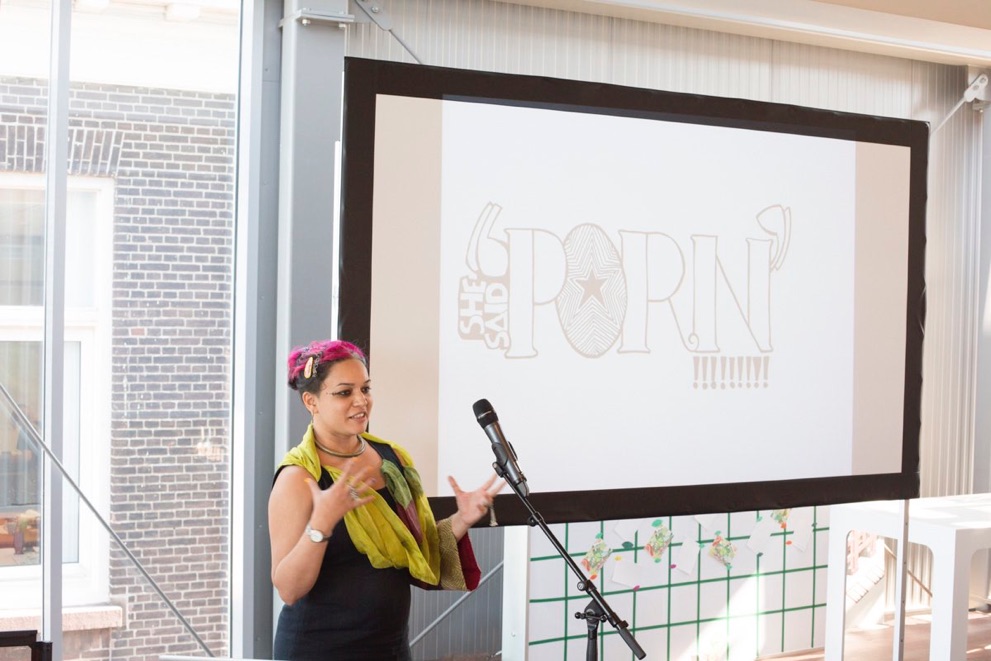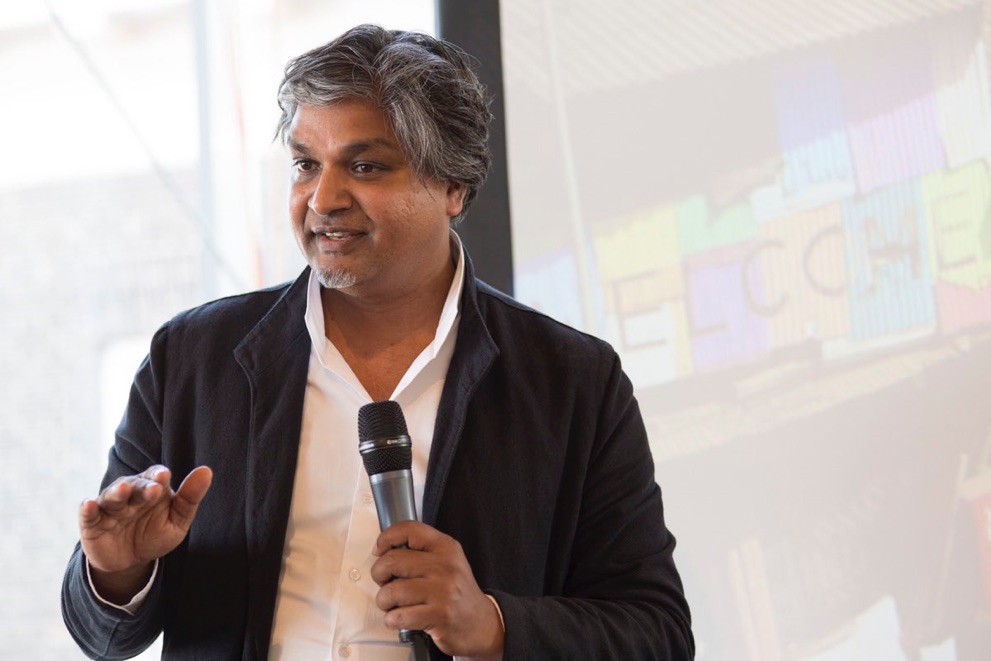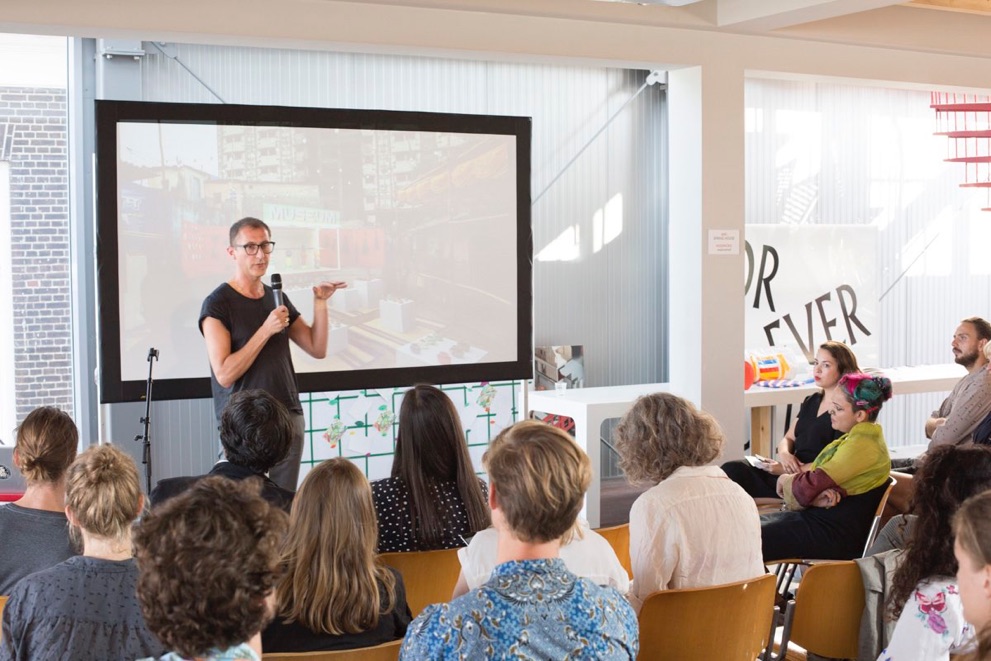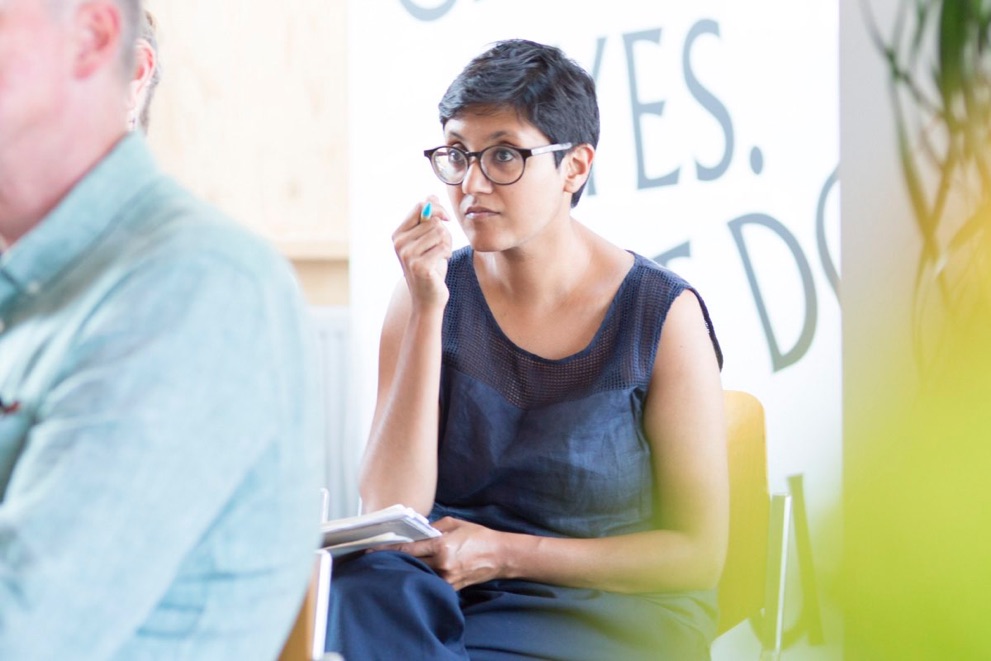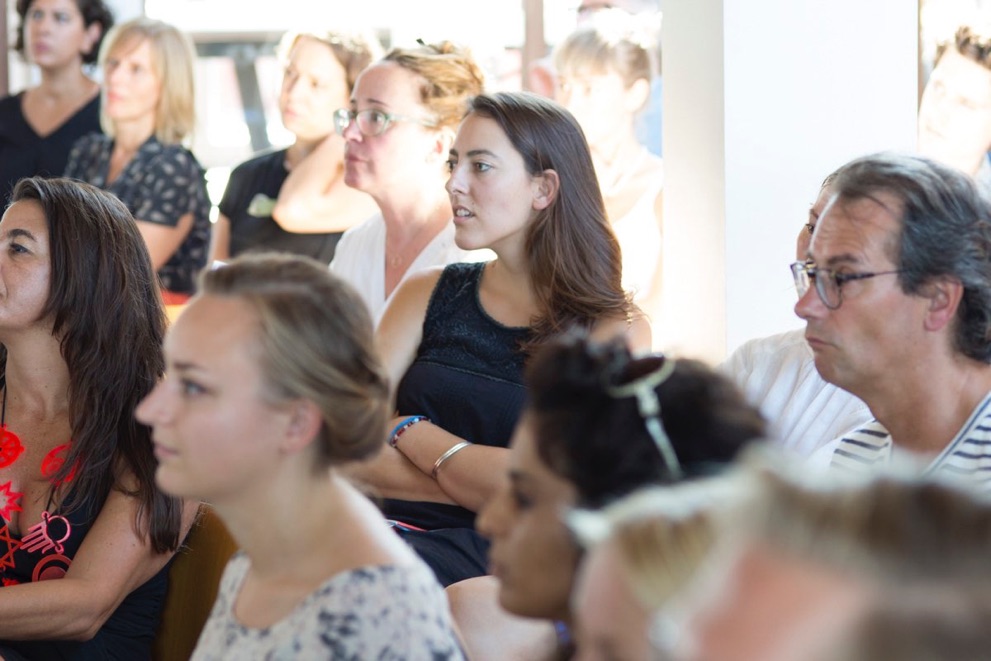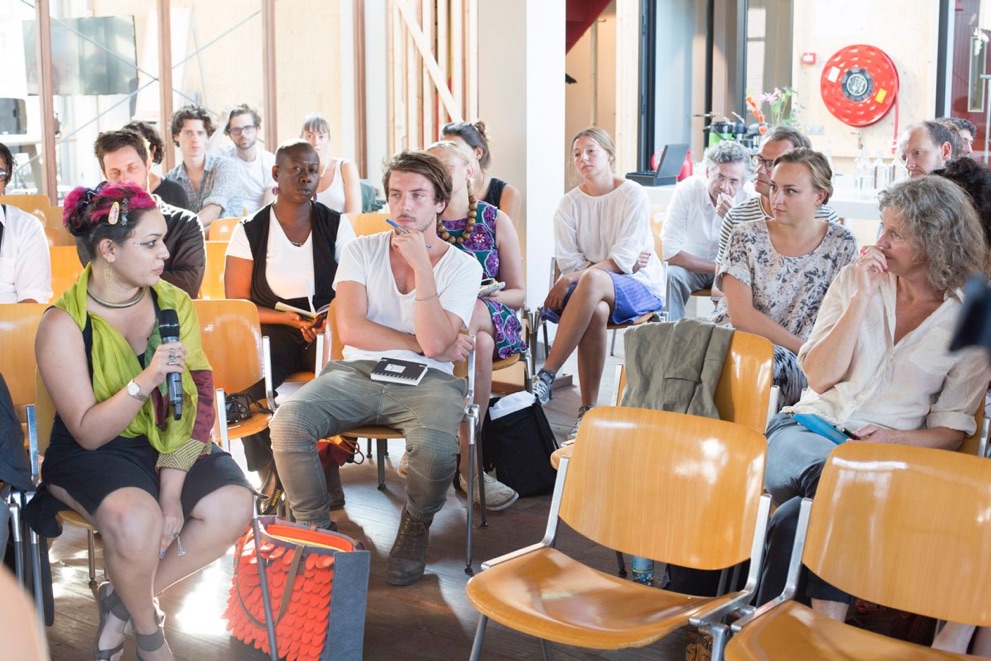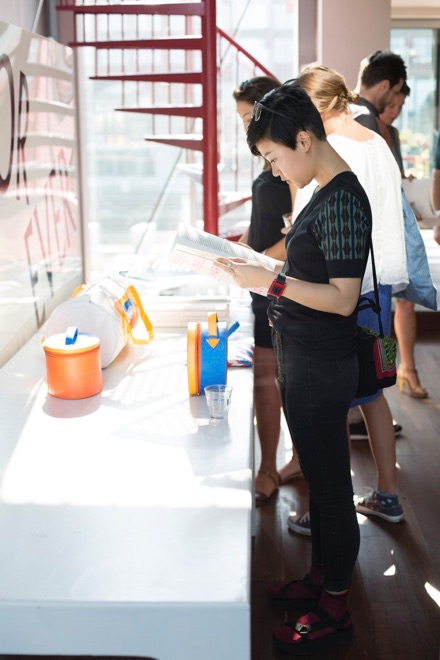
On Thursday the 15th of September Design Museum Dharavi held a conference at Spring House in Amsterdam. The conference and exhibition ‘Design Museum Dharavi explores design as a global agent for social development’ was an open discussion on design, creativity, and its future social impact on the expanding megacities of tomorrow. The conference took as a reference the Design Museum Dharavi, the first museum of its kind, based in the homegrown neighbourhood of Dharavi, India.
By 2030 some two billion people, or nearly a quarter of humanity, will be living in informal dwellings. The conference aimed to start the conversation on how design can help change our perception and response to these locations, encouraging a greater involvement from different organisations and institutions for a more sustainable development of these areas. We also reflected on how museums and cultural institutions could adopt a more socially relevant role in the future, where design is being applied in unforeseen scenarios.
SPEAKERS
Design Museum Dharavi
Amanda Pinatih and Jorge Mañes Rubio, co-founders of Design Museum Dharavi, presented the stories and lessons learnt while working on the mobile museum.
urbz
Matias Echanove and Rahul Srivastava run urbz offices in Goa, Geneva and Mumbai. They joined forces in 2006 and have organized workshops engaging local residents and urban practitioners in Tokyo, Mumbai, Delhi, Geneva, Istanbul, Brooklyn and Sao Paulo. They have done projects involving local artisans, communities and construction in dense, homegrown neighbourhoods such as Dharavi and Shivaji Nagar in Mumbai. Some of their work has been exhibited at MoMA (New York), MAK (Vienna), the Istanbul Design Biennial, the Chicago Architecture Biennial and a forthcoming one at Wayne State University Gallery, Detroit. They are presently involved in a study on circulatory urbanism exploring India’s uneven trajectories of urbanization with the Forum for Mobile Lives, Paris. Matias and Rahul will be introducing the history of Dharavi, and their experiences working with informal settlements around the world. They’ve recently exhibited their work at MoMA NYC or Maxxi Rome, and they’ve been our advisors for Design Museum Dharavi.
Kruti Saraiya
Kruti Saraiya is a graphic designer/ typographer trained in London and based in Mumbai. The focus of her practice has been to allow for a contemporary Indian design narrative to emerge to fill the gap between mtv kitsch and traditional Indian crafts. As a typographer, she sees her role in infusing context into letters and bringing the written word alive. Her strengths lie in working with scripts of Indian languages to create an equal space for them alongside English in urban India. She has been a speaker at the Indian Design Forum – IDF 2013 and currently has an independent practice and teaches in the Visual Communication Department at the Indian School of Design and Innovation (ISDI) and Ecole Intuit. Kruti is part of our team in Dharavi and gave a very interesting insight between the meaning of design from both eastern and western perspectives.
Satyendra Pakhalé
Multifaceted award-winning designer Satyendra Pakhalé is from India and established his practice in 1998 in Amsterdam, The Netherlands. He is active internationally in the field of Industrial Design and Architectural Design and considers design an expression of true human optimism and is motivated by social, technological, ecological, industrial and above all cultural parameters, as much as by a purely creative vision. Pakhalé’s ongoing curiosity in materials, technology and its cultural plural expression has lead to works which are in permanent collections at museums throughout the world, among which the Victoria and Albert Museum London, Stedelijk Museum Amsterdam, Montreal Museum of Fine Arts and Centre Pompidou, Paris. Satyendra spoke about empowerment through design.
Gareth Williams
Gareth Williams is Professor of Design and Head of the Design Department at Middlesex University, London. He is a design curator and author with an interest in how emerging design practices are represented, particularly in museums, and the capacity of design to act as an agent of social and cultural change. Gareth’s books include ‘Design, An Essential Introduction’ (2015, published in conjunction with the Design Museum, London), ’21 Twenty-one, 21 Designers for Twenty-first Century Britain’ (2012), ‘Telling Tales, Fantasy and Fear in Contemporary Design’ (2009) and ‘The Furniture Machine, Furniture Since 1990’ (2006). Gareth spoke about the future role of design institutions and reflected on the role of Design Museum Dharavi.
VENUE
The event took place at Spring House, home for radical innovators in Amsterdam. Spring House shares the desire for a more social and sustainable society. At the Amsterdam waterfront, members inspire each other, work together, share alternative ideas with a larger audience, and develop these into actions. Spring House functions as a catalyst, stimulating positive change.
